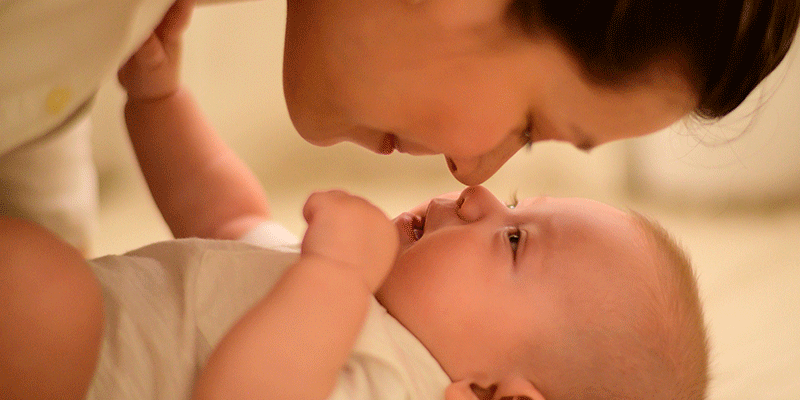
One of the most cautious drives you’ll ever take is the one bringing your baby home with you. Newborns look and feel fragile, and they represent a new of world of uncertainty. Here’s what you need to know to make your transition to parenthood easier.
It’s true: There’s no official instruction manual for becoming a parent.
But relax. You’re not the first parent to wonder why you’ve been entrusted with a little person without an instruction manual. The 40 weeks (give or take) of pregnancy allow time for more than just picking out names; it’s your opportunity to plan and prepare. The more you know about your newborn, the better equipped you’ll be when she arrives.
Once your baby is born, doctors will be looking for a few key signs that she is healthy and ready to go home, says Vinod K. Bhutani, M.D., FAAP, professor of pediatrics at Lucile Packard Children’s Hospital at Stanford University School of Medicine. “First they will want to see that the baby is able to breathe well and maintain her body temperature,” says Dr. Bhutani, who is also a member of the American Academy of Pediatrics (AAP) Committee on Fetus and Newborn.
Newborns must also demonstrate that they can feed well. Regardless of whether she’s breastfed or bottle-fed, all babies should be wetting at least three or four diapers in a 24-hour period, says Dr. Bhutani. And while many newborns have some jaundice — a yellowish tint to their skin — their jaundice will be evaluated before they’re sent home from the hospital. If necessary, your pediatrician will discuss a follow-up plan for monitoring your baby’s jaundice.
Healthy at Home
Most healthy newborns go home after two or three days, yet the transition for parents is just beginning. “It’s OK to be a little scared — the first week after babies are born is when they’re most vulnerable,” says Dr. Bhutani. “Newborns can have multiple medical problems that if left unattended can become serious.”
Dehydration is sometimes a concern for newborn babies that can continue once they’ve left the hospital. Your pediatrician will discuss dehydration with you so you’ll know what to look for, how to respond, etc.
Parents should also watch for signs of infection in their newborn. Infections can be picked up during birth or from people other than the parents handling the baby, such as visitors. “Most people think only of fevers, but newborns can have dropping temperatures or a low temperature that’s of concern,” says Dr. Bhutani. It’s always wise to watch for signs of infection around the belly button or circumcised foreskin, such as poor sucking during breastfeeding, a lack of appetite, poor weight gain, weak crying, and increasing irritability.
Jaundice happens in most every baby, peaking in the first week as newborns learn to excrete the yellow pigment called bilirubin in their stools. “Babies tend to have slow liver function at first and may have some evidence of jaundice as their livers quickly mature over the first several days,” write Drs. Laura Jana and Jennifer Shu in Heading Home With Your Newborn. “The bilirubin level generally peaks by about 5 days for term babies and about 1 week for those born prematurely.” If your baby continues to have signs of jaundice — very yellowish skin and eyes — after day four, consult your pediatrician.
Although most babies remain perfectly healthy after they’re discharged from the hospital, it’s important to watch for any signs of illness and take your child to the pediatrician for evaluation within a day or two of leaving the hospital. “Every baby needs to be seen by a pediatrician on day three, four, or five,” says Dr. Bhutani. “It’s a must.”
Last Updated 11/2/2009
Source Healthy Children Magazine, Back to School 2008
The information contained on this Web site should not be used as a substitute for the medical care and advice of your pediatrician. There may be variations in treatment that your pediatrician may recommend based on individual facts and circumstances.






